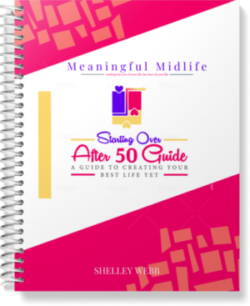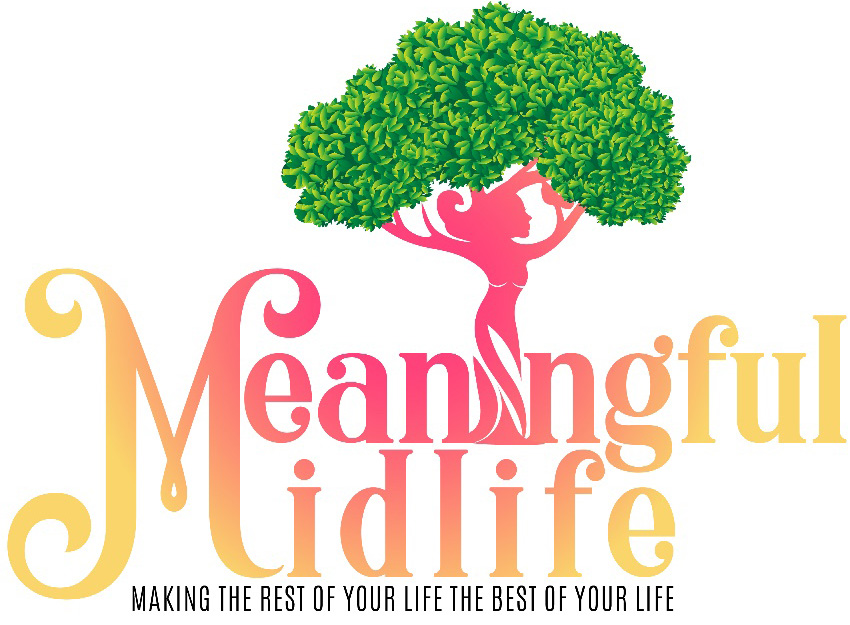 I was listening to a talk radio show the other day – the one that features the somewhat controversial female non-medical doctor who is an advocate of stay at home moms but in my opinion not so sympathetic of our elderly population. (Perhaps that has something to do with her relationship to her own mother.)
I was listening to a talk radio show the other day – the one that features the somewhat controversial female non-medical doctor who is an advocate of stay at home moms but in my opinion not so sympathetic of our elderly population. (Perhaps that has something to do with her relationship to her own mother.)
One of her callers was expressing concern about helping her aging mother-in-law transition from her home into a MUCH smaller assisted living apartment.
The caller stated that her mother-in-law refused to part with anything even though much of what she had were items of little value. The talk radio show host stated that the mother-in-law had a psychological problem known as hoarding (formally called CHS – compulsive hoarding syndrome).
While I absolutely believe that such a condition exists and that many people suffer from it, I don’t believe that all elderly folks who have large amounts of what we would consider “useless items” are hoarders.
Many of our aging parents were born or grew up in the depression era and, as such, were taught not to waste ANYTHING. Old newspaper, little bits of string, and worn clothing could usually be “recycled” into something that could be utilized – bedding for chickens, quilts, hair ties, etc. So to lump all aging parents who have a lifetime collection of odds and ends (with which they are very reluctant to part) into the category of hoarders is a mistake. Sometimes, elders just become overwhelmed at how to tackle disposing or “recycling” of all that they have accumulated and they just need a little (no, probably a lot) of help sorting things out.
But that doesn’t mean that all of our aging parents are exempt from having this syndrome. This past month, our local news recounted the story of an elderly couple who had been literally buried under their “stuff” for almost a week until a neighbor happened to realize that she hadn’t seen them and decided to investigate. The couple was in bad shape but were taken to the hospital, treated and are safe.
Compulsive hoarding syndrome is described as an acquisition of and the inability to discard items, even those that have no value what-so-ever (think trash and in the worst case scenario, think human and animal waste). Their homes can end up becoming so full of “stuff” that only trailways remain throughout the home in order to get from one room to another. Bath tubs and showers become unusable because they become filled with items.
Some people who hoard also seem to collect animals – we’ve all heard of so called “cat women” who seem to take in multitudes of cats until their homes become inhabitable and there is no more money left to buy food for them or provide veterinary care. The ASPCA must then step in order to prevent harm to the animals.
Obsessive Compulsive Disorder has been linked to hoarding but many people who hoard don’t have other OCD-related symptoms. It’s also interesting to note that there is an element of perfectionism in hoarding. Hoarders will often try to rid their homes of items and begin to make piles of items to keep and items to discard. They then become SO fearful of making the wrong decision about which items to discard that they just put everything back.
Often people (even friends and family members) are unaware that their aging parent or grandparent has a problem with hoarding. Sometimes, an elders falls or becomes otherwise incapacitated and is taken to the hospital. When the social worker or home health agency comes out to the home to evaluate it so that the elder may return upon discharge from the hospital, they find that they home is “unhabitable” and the elder must be discharged to a nursing home.
So what can we, as loving spouses, children, grandchildren or friends, do about hoarding?
Treatment of hoarding is often a huge challenge because people who hoard don’t often understand that there is a problem. It’s also complicated by the fact that researchers are not yet sure which type of treatment is best. If the home is thoroughly cleaned and sanitized forcefully while the elder is away, once they return, it won’t be long before the area returns to its previously jam-packed status. If the hoarder collects animals, they will do so again (apparently to fill an emotional void). Please remember that if you find it necessary to undertake a forced clean out in order to keep your loved one safe, that they should not be present at the time – this could be very emotionally and psychologically dangerous for them.
There are basically 2 types of treatment for hoarding: psychotherapy and medication.
Cognitive behavior therapy is the type of psychotherapy that is generally used to help hoarders so if you are looking for a therapist to help your loved one, look for one that practices this type of therapy.
The class of medications that are used to attempt to help hoarders are called SSRIs (selective serotonin reuptake inhibitors) which are anti-depressants such as Paxil. There is not a guarantee that SSRIs work well though.
Hoarding is one the biggest threats to independence in our elderly loved ones. It causes loss of mobility, risk of falling, is a barrier to proper body care, prevents emergency response systems from providing help in a timely manner, and also causes denial of home health care.
If you suspect hoarding in an aging parent or loved one, attempt to get them some help before the situation becomes dangerous to them.
LEARN TO LOVE YOUR LIFE AGAIN
 Do you feel like you need to hit the REFRESH button on your life? Download our free guide and begin to create your best life yet!
Do you feel like you need to hit the REFRESH button on your life? Download our free guide and begin to create your best life yet!


